Every spring, one of nature’s most spectacular phenomena quietly unfolds across North America. The monarch butterfly, with its distinctive orange and black wings, embarks on an extraordinary migration that spans generations and thousands of miles. These delicate creatures, weighing less than a paperclip, navigate complex flyways as they journey northward from their winter sanctuaries in Mexico and California. This spring’s monarch flyway crossovers represent not just a beautiful natural display, but a crucial moment for conservation awareness, scientific discovery, and personal connection with our natural world. By paying attention to these magnificent insects as they traverse our landscapes, we gain insights into environmental health, climate change impacts, and the delicate balance of our ecosystems.
The Miraculous Migration Journey
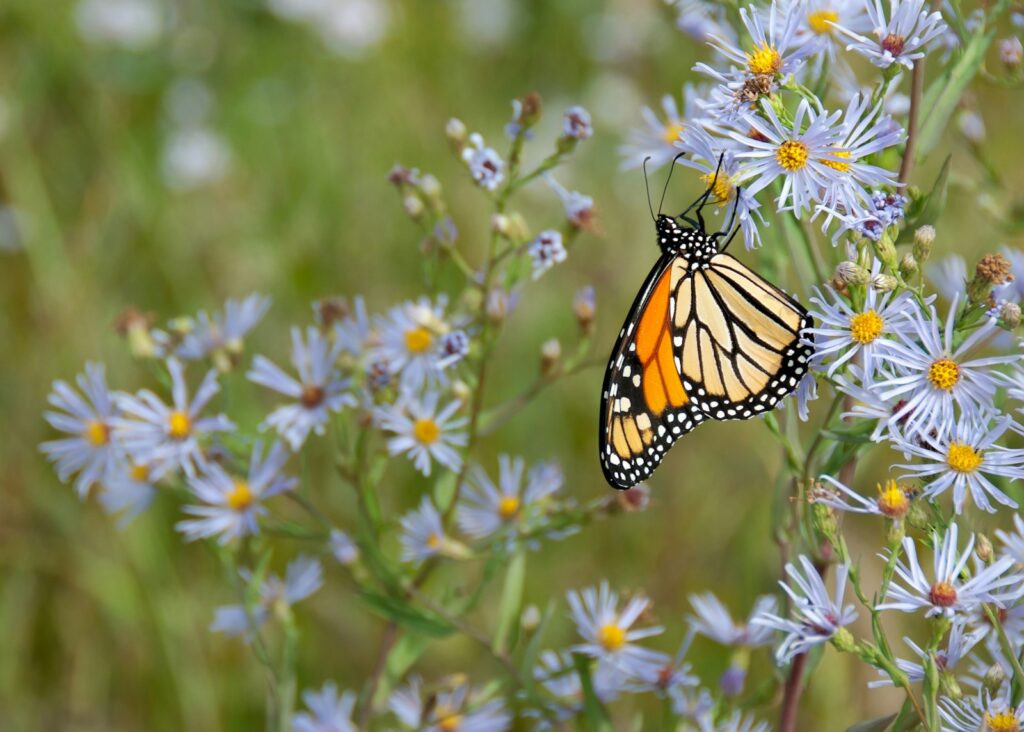
The monarch butterfly migration stands as one of the most remarkable natural phenomena on our planet, covering up to 3,000 miles between Mexico and Canada. Unlike birds or mammals, this migration spans multiple generations, with no single butterfly completing the entire round trip. Instead, it takes three to four generations of monarchs to complete the annual cycle, with each butterfly somehow inheriting the navigational knowledge needed to continue the journey. The spring migration begins when overwintering monarchs in Mexico and coastal California awaken from their semi-dormant state as temperatures rise, beginning their northward journey in March and April. These spring flyway crossovers represent the first wave of an intricate migration pattern that has evolved over thousands of years, making them worthy of our attention and admiration.
Witnessing an Ecological Marvel
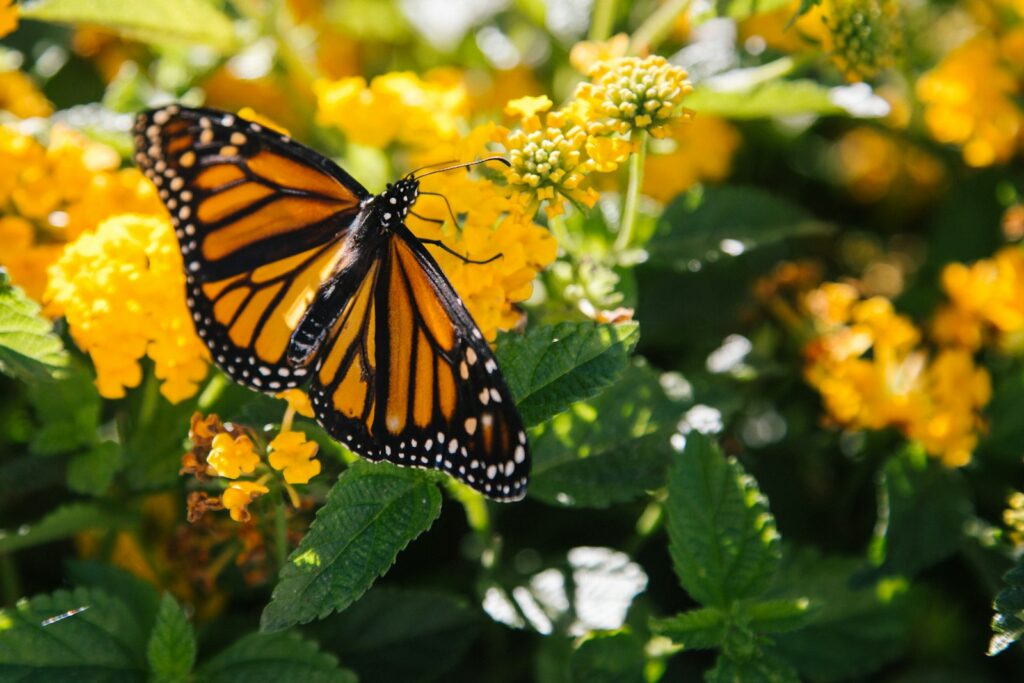
Observing monarch flyway crossovers provides a rare opportunity to witness an ecological marvel that has fascinated scientists for centuries. These butterflies navigate using a combination of environmental cues including the position of the sun, Earth’s magnetic field, and likely other factors science has yet to fully understand. During peak migration periods, lucky observers may witness “butterfly highways” where dozens or even hundreds of monarchs move in the same direction, creating ribbons of orange against blue spring skies. The precision of their navigation becomes even more impressive considering their tiny brain size—about the size of a pinhead—yet they can find the exact same overwintering grounds year after year. Witnessing this natural navigational feat firsthand connects us to the wonders of evolution and adaptation in a way few other experiences can.
Conservation in Action
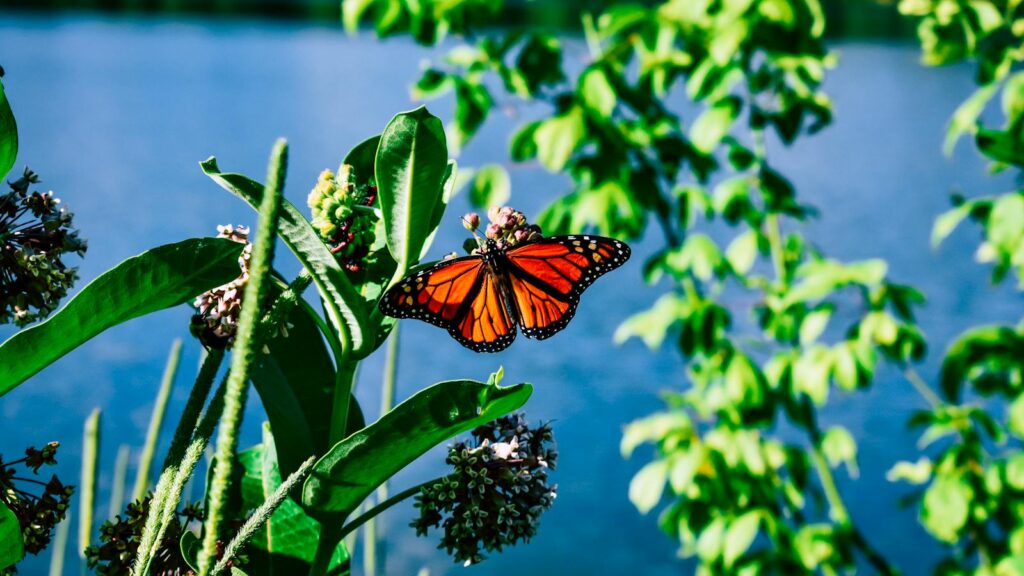
Monarch butterflies serve as powerful ambassadors for conservation, making their spring flyway crossovers important educational moments. With monarch populations having declined by approximately 80% over the past two decades, each butterfly sighting represents a survivor in a species facing significant challenges. By paying attention to spring migrations, citizens become more aware of and invested in protecting not just monarchs but all pollinators crucial to our ecosystems and food systems. Conservation organizations often coordinate “Migration Celebration” events during peak crossover periods, creating opportunities for community engagement and environmental education. These gatherings help transform scientific concern into public action, inspiring habitat restoration projects and policy advocacy to protect migratory corridors.
Citizen Science Opportunities
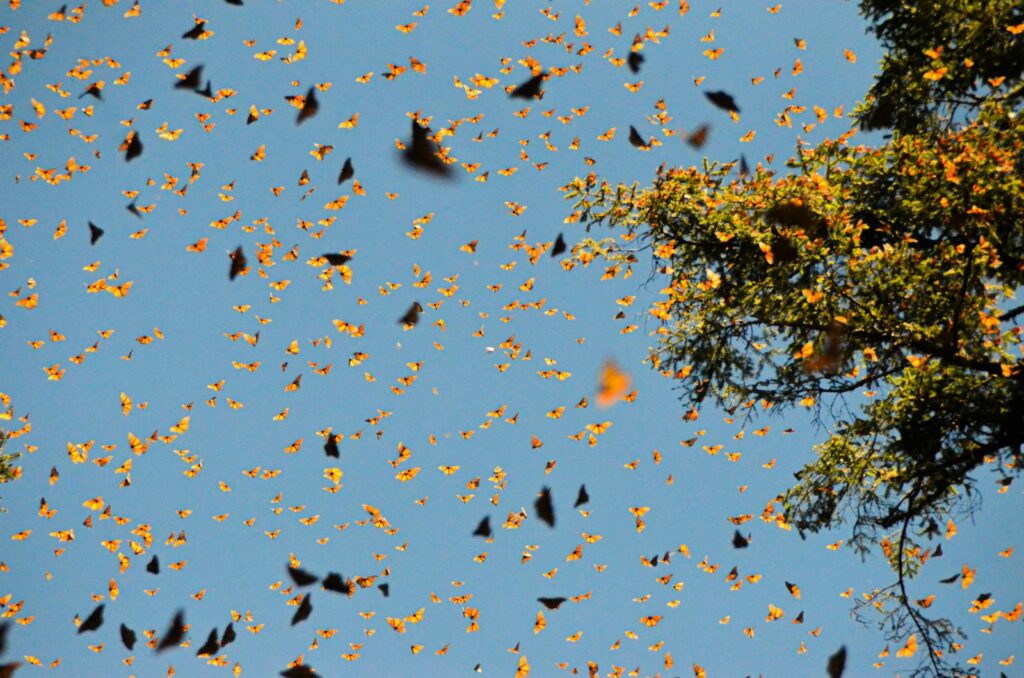
Spring monarch migrations offer perfect opportunities for everyday people to contribute meaningfully to scientific research through citizen science programs. Organizations like Journey North, Monarch Watch, and the Monarch Larva Monitoring Project provide platforms for volunteers to record sightings, track migration patterns, and monitor breeding success. These observations, when collected across thousands of locations, create valuable datasets that scientists use to understand population trends, timing shifts due to climate change, and habitat use patterns. Many participants report that engaging in monarch citizen science transforms their relationship with nature, creating a deeper sense of stewardship and connection to their local environments. For families, these projects offer educational experiences that combine outdoor exploration, technology, and real scientific contribution.
Indicators of Environmental Health
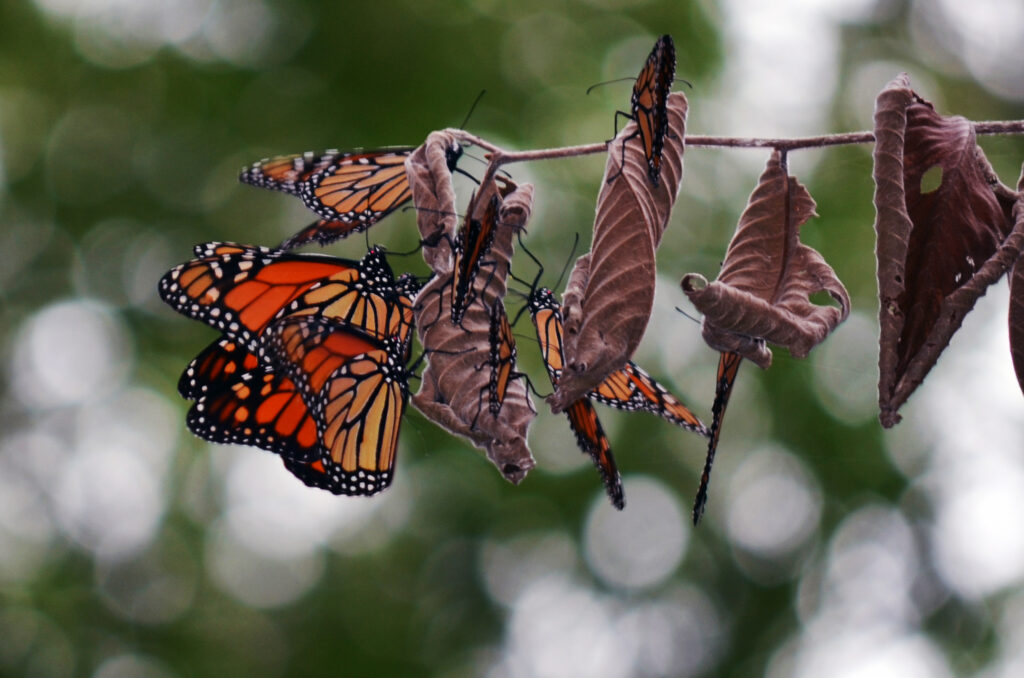
Monarchs serve as sensitive bioindicators, with their presence and abundance reflecting broader environmental conditions across North America. Their complex life cycle depends on healthy ecosystems at multiple points along their migratory route, making them excellent barometers for environmental quality. Population fluctuations often signal changes in habitat availability, pesticide use patterns, or climate conditions that may impact numerous other species. Scientists carefully monitor spring migration numbers as early indicators of the season’s overall monarch productivity and health. By paying attention to local monarch activity during spring crossovers, observers can gain insights into the ecological health of their own communities and landscapes.
Understanding Climate Change Impacts
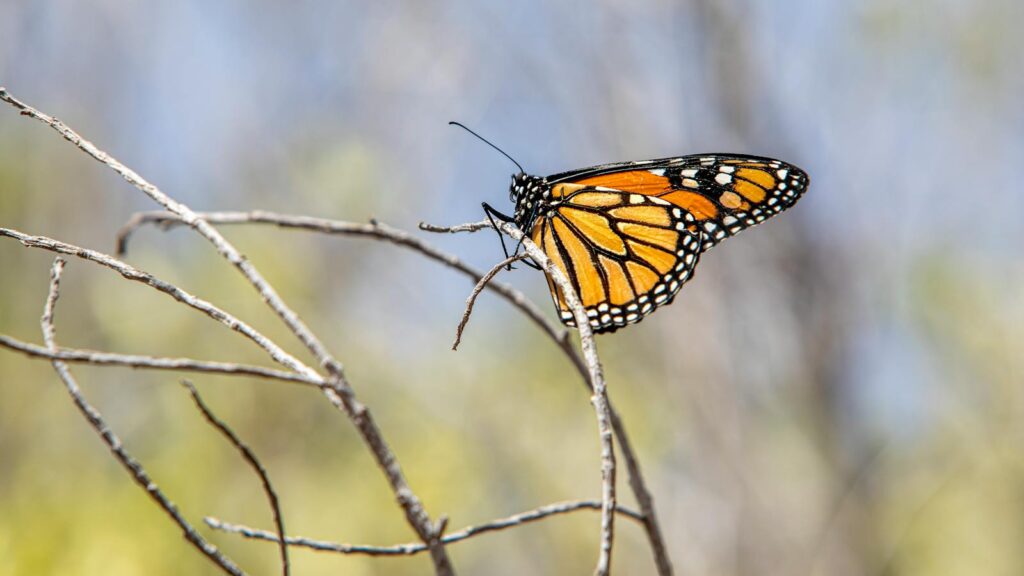
Monarch migrations provide visible evidence of how climate change affects wildlife behavior and survival. Researchers have documented shifts in migration timing, with spring arrivals occurring earlier in many regions as temperatures warm. These timing changes can create dangerous mismatches between monarch life cycles and the availability of milkweed and nectar resources they depend on. Extreme weather events, becoming more frequent with climate change, can devastate migrating populations, as seen when unusual spring storms hit key flyway areas. By monitoring spring crossovers, scientists gather crucial data on these climate impacts, while public awareness of these changes helps build support for climate action. Personal observations of changing migration patterns connect abstract climate concepts to tangible outcomes people can witness in their own communities.
Creating Monarch-Friendly Gardens
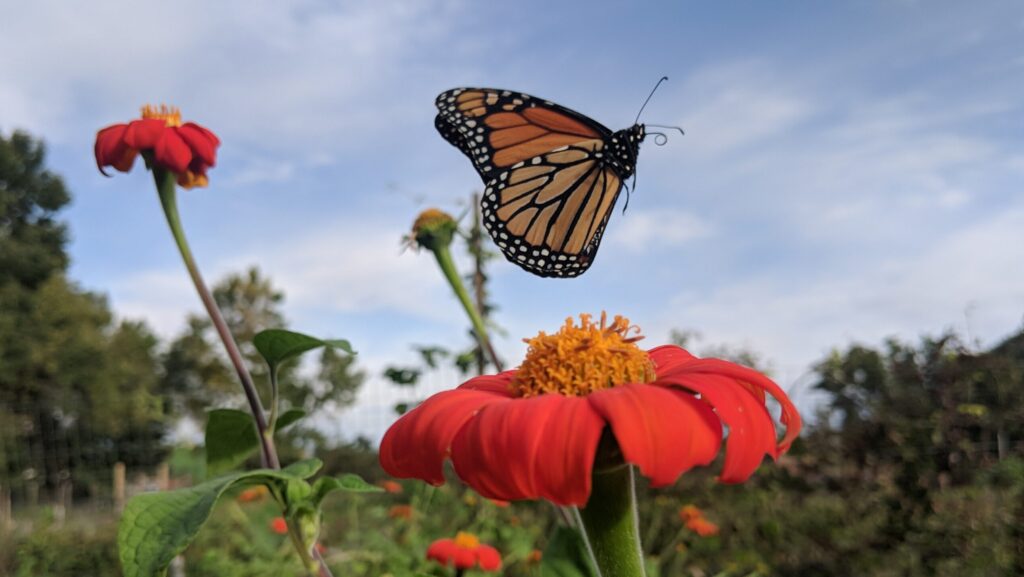
Spring migration season presents the perfect opportunity to prepare gardens and landscapes to support monarchs throughout their life cycle. Gardeners should focus on planting native milkweed species, the only plant monarch caterpillars can eat, ensuring it’s available when egg-laying females arrive. Complementing milkweed with diverse native nectar plants that bloom throughout the season provides essential fuel for adult butterflies continuing their journey northward. Avoiding pesticides, particularly those containing neonicotinoids, protects monarchs and other beneficial insects from harmful chemical exposure. Creating monarch-friendly habitats not only supports these iconic butterflies but also benefits numerous other pollinators and wildlife species that share their ecosystem needs.
Milkweed: The Critical Component
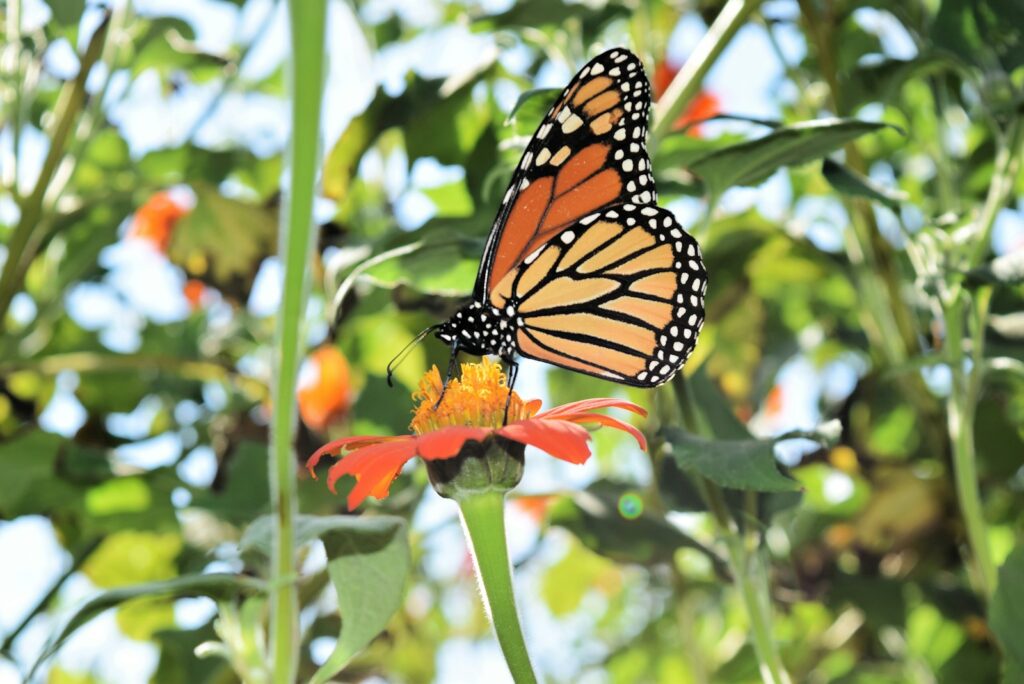
Understanding the essential relationship between monarchs and milkweed becomes particularly relevant during spring migrations. Female monarchs seek out milkweed plants to lay their eggs, with each butterfly depositing hundreds of eggs individually on separate plants throughout her lifetime. The spring arrival of monarchs must synchronize with milkweed emergence, creating a precarious timing dependency that climate change threatens to disrupt. Different milkweed species thrive in different regions and habitat types, with over 100 species native to North America, though monarchs only utilize about 30 of these species regularly. By identifying and protecting natural milkweed stands and establishing new plantings, individuals can provide crucial breeding habitat exactly when spring migrants need it most.
Threats Along the Flyways
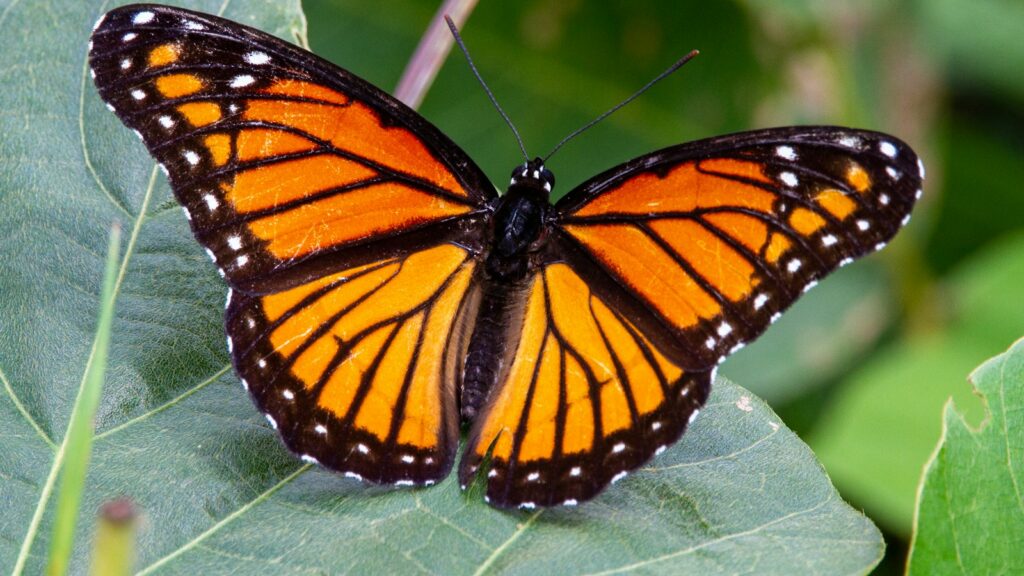
Monarch butterflies face numerous challenges as they travel along their migratory flyways, making public awareness of these threats vital for conservation efforts. Habitat loss represents the most significant obstacle, with development, agricultural expansion, and roadside management practices destroying milkweed and nectar resources. Pesticide use, particularly widespread application of herbicides that eliminate milkweed from agricultural landscapes, has contributed significantly to monarch decline by eliminating breeding habitat. Climate change introduces additional stresses through altered weather patterns, extreme events, and shifts in the timing of plant growth relative to butterfly migration. Vehicle collisions during road crossings claim countless monarchs, with studies suggesting millions die this way annually along migration routes.
Photography and Artistic Inspiration
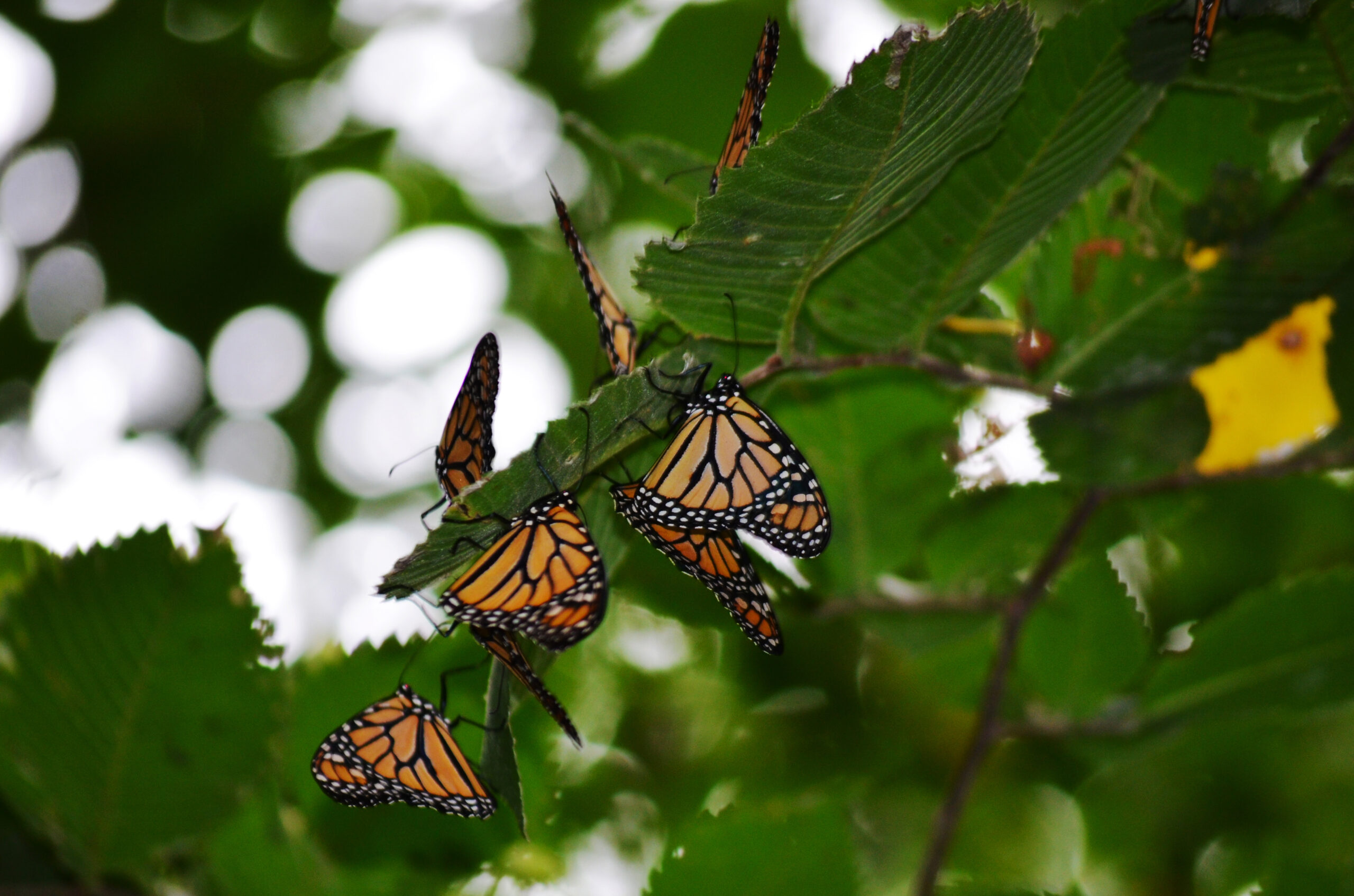
Spring monarch migrations offer exceptional opportunities for photography and artistic expression, with their vibrant colors and graceful flight patterns creating stunning visual subjects. Wildlife photographers often plan special outings during peak migration periods, using telephoto lenses to capture close-up details of wing patterns or wide-angle perspectives showing butterflies against landscape backdrops. Beyond photography, monarchs inspire painters, sculptors, poets, and other artists who translate the butterflies’ beauty and journey into creative works that further raise public awareness. Schools often incorporate monarch art projects during migration seasons, combining scientific learning with creative expression for deeper engagement. The resulting images and artwork help document migration patterns while spreading awareness of monarch conservation needs through visual storytelling.
Economic Benefits of Butterfly Tourism
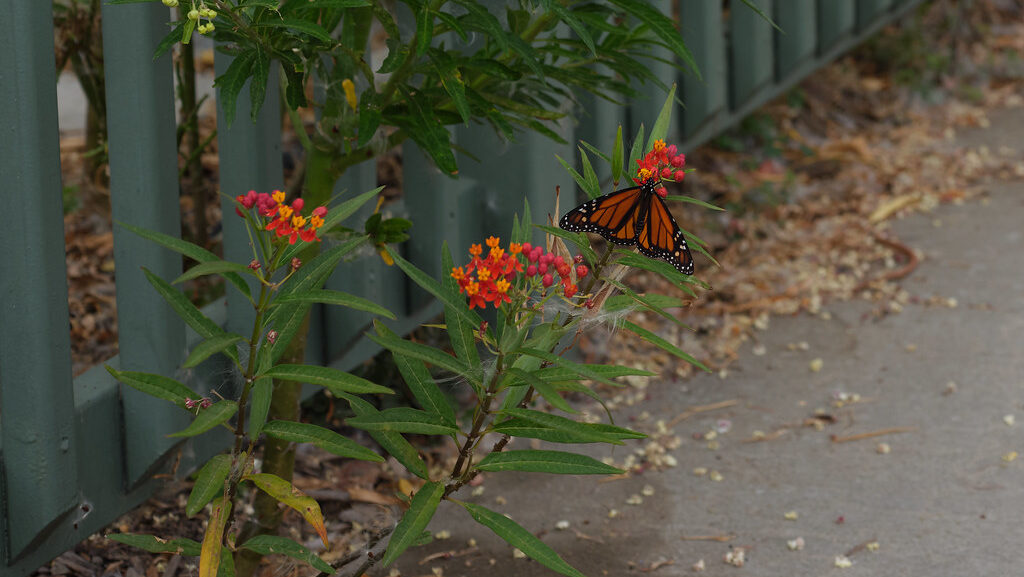
Monarch migrations generate significant economic activity through ecotourism, with communities along major flyway routes developing butterfly festivals and viewing events. The most famous example occurs at overwintering sites in Mexico, where butterfly tourism provides vital income for local communities, creating economic incentives for forest protection. Similar but smaller-scale tourism opportunities exist along spring migration routes in the United States, with butterfly festivals attracting visitors to communities that might otherwise see little tourism. Nature centers, parks, and botanical gardens often hold special monarch-themed events during migration seasons, boosting attendance and revenue while promoting conservation awareness. These economic benefits help demonstrate that protecting natural phenomena like butterfly migrations makes financial sense alongside ecological importance.
Cultural and Spiritual Significance
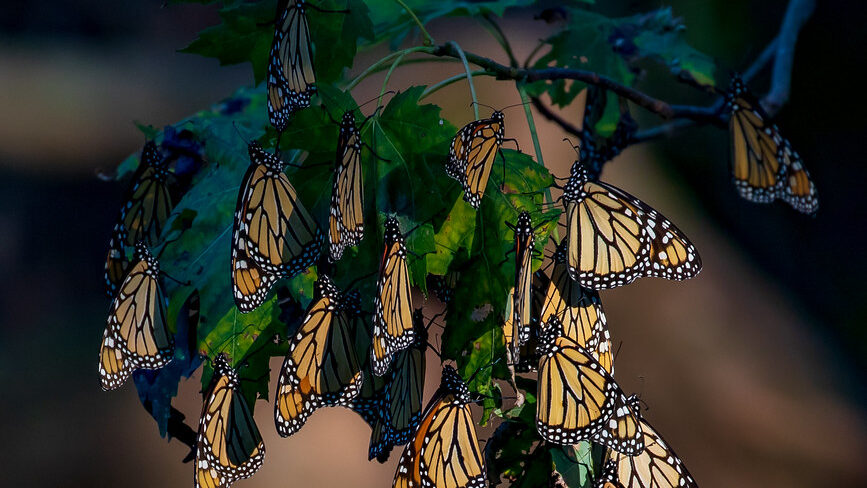
Monarch butterflies hold deep cultural and spiritual meaning across North America, with particular significance in Mexican and Native American traditions. In Mexican culture, monarchs arriving at overwintering grounds coincide with Día de los Muertos (Day of the Dead), where they’re believed to embody the souls of departed ancestors returning to visit. Many indigenous cultures view the butterfly’s transformation from caterpillar to adult as a powerful symbol of rebirth and spiritual transformation. These cultural connections add layers of meaning to monarch migrations beyond their biological significance, creating opportunities for cross-cultural appreciation during spring flyway crossovers. For many people, regardless of cultural background, witnessing the return of monarchs after winter provides a spiritual connection to nature’s cycles and resilience.
How to Help Beyond Observation
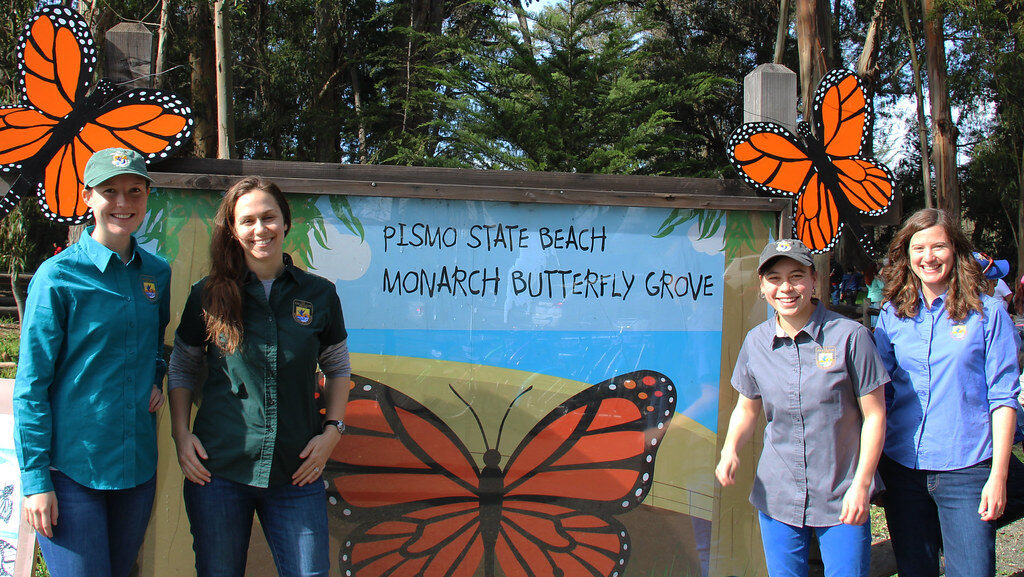
While observing monarch migrations creates awareness, converting that interest into action makes a tangible difference for butterfly conservation. Participating in habitat restoration events, particularly those focused on establishing native milkweed and nectar corridors along migration routes, provides direct support to monarch populations. Advocating for monarch-friendly policies—such as reduced mowing along roadsides, restrictions on harmful pesticides, and protection of key migration habitats—helps address systemic threats. Supporting conservation organizations financially enables research, education, and habitat protection efforts beyond what individuals can accomplish alone. Perhaps most importantly, sharing knowledge and enthusiasm about monarchs with others multiplies conservation impact by expanding the community of people who care about and act for these remarkable butterflies.
The spring monarch flyway crossovers represent far more than a beautiful natural display. They connect us to ancient migratory patterns, complex ecological relationships, and urgent conservation needs. By paying attention to monarchs this spring—whether through casual observation, citizen science participation, habitat creation, or simply learning more about their journey—we become part of a growing movement to ensure these magnificent butterflies continue their epic migrations for generations to come. In a world facing unprecedented environmental challenges, the monarch butterfly reminds us that even small creatures can undertake extraordinary journeys, and even individual actions can contribute to meaningful conservation outcomes. As monarchs make their way across North America this spring, they invite us to look up, notice, and participate in one of nature’s most awe-inspiring phenomena.
